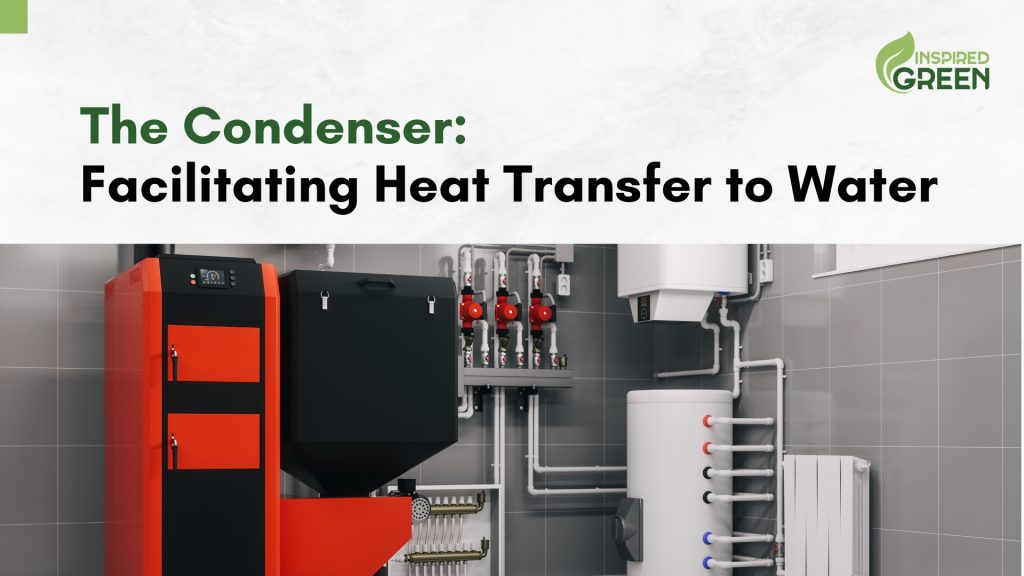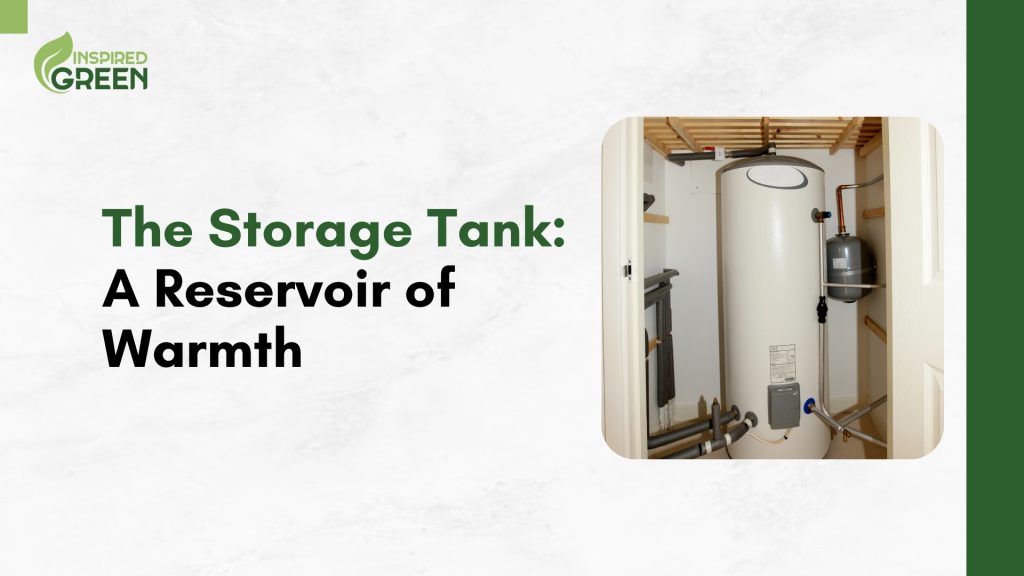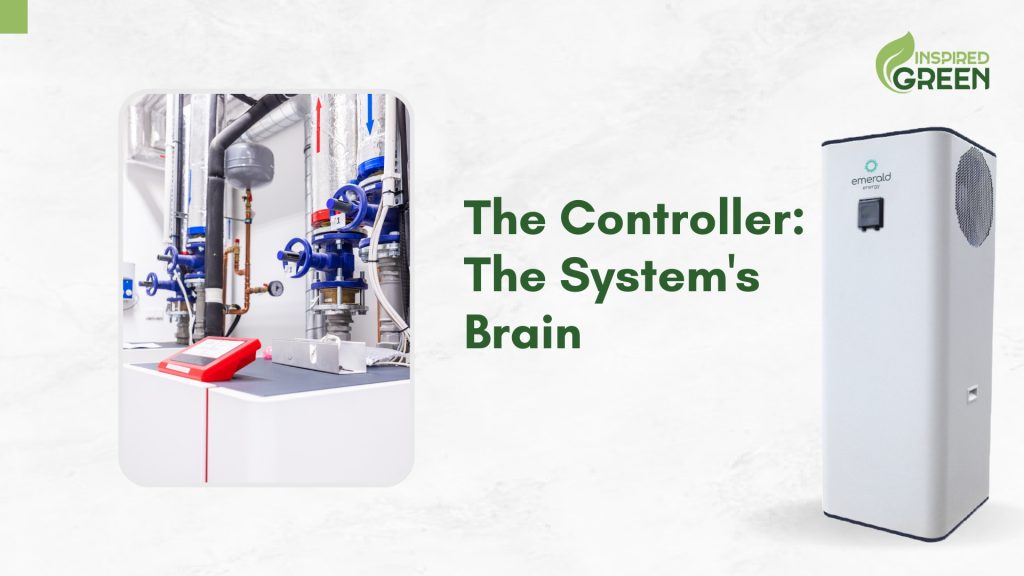Modern hot water systems, enhanced by advanced technology, exemplify innovation in residential and commercial utilities. At the heart of these systems lies the intricate network of heat pump components, each playing a crucial role in ensuring optimal performance. From precise temperature regulation to efficient heat transfer, these components work in unison to deliver consistent and eco-friendly hot water solutions. This seamless integration not only enhances system efficiency but also boosts reliability, making contemporary hot water systems indispensable in today’s living and working environments.
The Hot Water Mixing Valve: Ensuring Safe Hot Water Delivery

A pivotal component in any hot water system, the hot water system tempering valve goes beyond mere temperature regulation. It contributes significantly to the system’s longevity and efficiency by reducing the risk of thermal shock to pipes and fixtures. This careful temperature regulation ensures user comfort and aids in energy conservation, preventing overheating and subsequent energy wastage. By maintaining optimal temperatures, the tempering valve enhances the durability and efficiency of the entire hot water system.
The Evaporator: Harnessing Ambient Heat

The heat pump evaporator is a testament to the efficiency of modern heat pump technology. It effectively harnesses minimal ambient heat, ensuring the system operates efficiently across diverse conditions. This component’s ability to capture and utilise external heat represents a significant advancement in heat pump design, promoting environmental sustainability and cost-effectiveness in hot water systems. Understanding “how does evaporation work” in this context reveals the sophisticated engineering behind contemporary heat pump technology.
The Compressor: Driving the Heat Pump Cycle

The compressor in a heat pump is integral to understanding “how does a heat pump compressor work.” This component enhances the system’s thermal efficiency by increasing the refrigerant’s temperature and pressure. Its performance directly impacts energy usage and operational costs, playing a crucial role in the heat pump’s environmental impact and sustainability. Regular maintenance of the compressor is essential to ensure its optimal performance and longevity, underscoring its importance in the heat pump cycle.
The Condenser: Facilitating Heat Transfer to Water

Understanding “how does a heat pump condenser work” is essential for grasping the efficiency of the heat pump system. The condenser acts as a heat exchanger, transferring heat from the refrigerant to the water. This process not only heats the water but also cools the refrigerant back into a liquid state, allowing the heat pump cycle to continue. The condenser’s design and material composition are optimised for efficient heat transfer, crucial for the system’s energy efficiency and the consistent provision of hot water with minimal energy usage.
The Storage Tank: A Reservoir of Warmth

The heat pump water heater storage tank is more than a mere container for hot water. It is integral to the system’s efficiency, ensuring a ready supply of hot water. The tank’s insulation minimises heat loss, maintaining water temperature for extended periods and reducing energy consumption by preventing frequent reheating. The size and design of the storage tank are tailored to meet the specific needs of different households or facilities, ensuring the system can handle hot water demand without compromising performance.
The Controller: The System’s Brain

The heat pump controller functions as the system’s brain, constantly monitoring and adjusting the operation of the heat pump components. Equipped with sensors and algorithms, the controller optimises performance based on real-time data, such as water temperature and environmental conditions. This intelligent management ensures system reliability and enhances energy efficiency. Many modern controllers offer user-friendly interfaces and connectivity features, allowing users to adjust settings and monitor performance remotely, providing a level of control and adaptability that meets varying hot water needs while maintaining optimal energy use.
The Expansion Valve: Regulating Refrigerant Flow

The heat pump expansion valve is crucial in regulating the refrigerant’s flow into the evaporator. Among the various hot water system parts, this component is pivotal in maintaining the efficiency of the refrigeration cycle, ensuring optimal performance. Proper regulation of the refrigerant flow by the expansion valve is essential for the system’s overall functionality and energy efficiency.
Refrigerant: The Heart of Heat Pump Efficiency and Sustainability

Refrigerants are key determinants of a heat pump system’s performance and environmental impact. Types like R-410A, R134A, R407C, R32, R1234ZE, R290, and R744 each offer unique benefits in heat absorption and release. These refrigerants have been developed with a focus on operational efficiency and reducing environmental harm. For instance, R-410A has a low ozone depletion potential, while R32 has a lower global warming potential. R1234ZE and R290 are gaining popularity for their minimal environmental impact. Proper selection and handling of these refrigerants are crucial as they directly affect the heat pump’s ability to provide consistent, energy-efficient heating while complying with environmental standards and regulations.
The Heat Exchanger: Enhancing Heat Pump Performance

The heat exchanger is a critical component for optimal thermal performance in a heat pump system. Its primary function is to efficiently transfer heat between the refrigerant and the water or air within the system. The design and material choice of the heat exchanger significantly influence the heat transfer rate, impacting the system’s overall efficiency and energy consumption. A well-designed heat exchanger enhances the heat pump’s ability to provide consistent and effective heating or cooling, exemplifying the engineering excellence behind modern heat pump technology.
Conclusion

In summary, each component of a modern hot water system, from the tempering valve to the heat pump controller, plays a vital role in ensuring efficient and safe hot water delivery. These components showcase the advancements in heating technology, emphasising energy efficiency, user safety, and sustainability. Understanding and maintaining these components is essential for optimal system performance, benefiting users with consistent hot water, energy savings, and supporting sustainable practices. Switch to a sustainable lifestyle with Inspired Green today.








